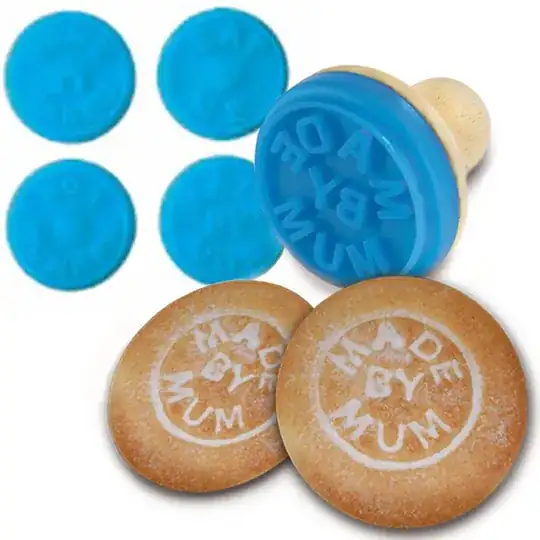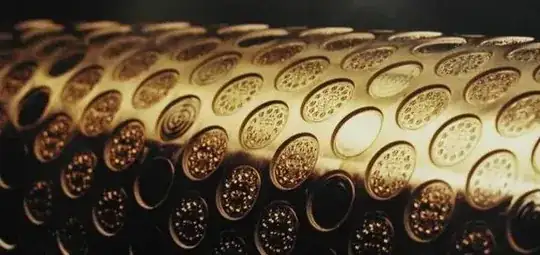I'm interested in modeling and 3D printing a digestive cookie mold in metal. I plan to model some text into the press itself, so that the cookie's all have a consistent wordmark after baking. Since I have never baked these before, I don't know how thick they should be before baking (ie how deep the mold should be) and I'm thinking if I make the letterforms too thin, the text won't be readable in the event that the batter swells up when baked and fills in the gaps.
Do any of you seasoned bakers have any suggestions for how deep the press needs to be, and how best to model the letterforms? Thank you!

